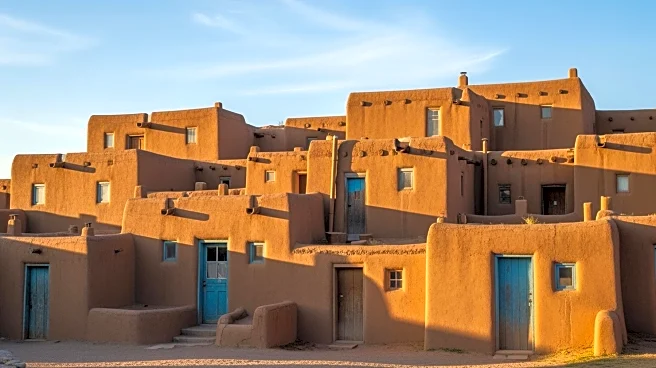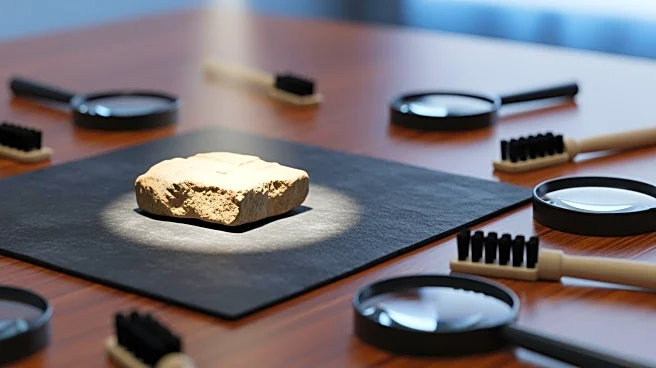Taos Pueblo is a Native American village in New Mexico and one of the oldest places in the United States that has been lived in continuously. The people of Taos Pueblo are known for their farming and adobe-style buildings. They have lived in the same homes for more than thirty generations. Even without horses or wheeled vehicles, they created large trade networks throughout the area.
Stages, Screens & Stacks: The Creative Institutions of Taos Pueblo
Taos Pueblo is well known for its talented craftspeople and traditional
art forms, such as silver and turquoise jewelry, heishi bead necklaces, and pottery. Heishi beads are usually made from carved seashells or soft stones. The pueblo’s pottery is unique because it uses micaceous clay, which contains mica that gives the pots a shiny orange color when fired.
Streets as Galleries: Architecture, Landmarks & Public Art of Taos Pueblo
The north-side Pueblo is said to be one of the most photographed and painted buildings in North America. It is the largest multistoried Pueblo structure still existing. It is made of adobe walls that are often several feet thick. Its primary purpose was for defense. Up to as late as 1900, access to the rooms on lower floors was by ladders on the outside to the roof, and then down an inside ladder.
From Food Carts to Classics: The Taste of Taos Pueblo
Blue Lake serves as a vital economic foundation for this farming community, providing the main water supply that supports their agricultural activities, including corn cultivation, fruit growing, bean production, and livestock ranching with cattle and sheep.
Calendars & Commons: Festivals, Parades & Civic Traditions in Taos Pueblo
Religious life in Taos Pueblo is not well documented because the community keeps its spiritual traditions private. The people of Taos Pueblo follow four main faiths: the traditional Kiva religion, the Peyote movement, Roman Catholicism, and a small Baptist group. Two spiritual practices are represented in the Pueblo: the original indigenous spiritual and religious tradition and Roman Catholicism.


















